Émile visited Tokyo. Firstly he visited Meiji Jingu and then took time to explore youth culture at Takeshita Street and the Kawaii Monster Cafe. Moving on, he visited Japan Olympic Museum. Later, he checked out the high-tech wonderland, Akihabara.
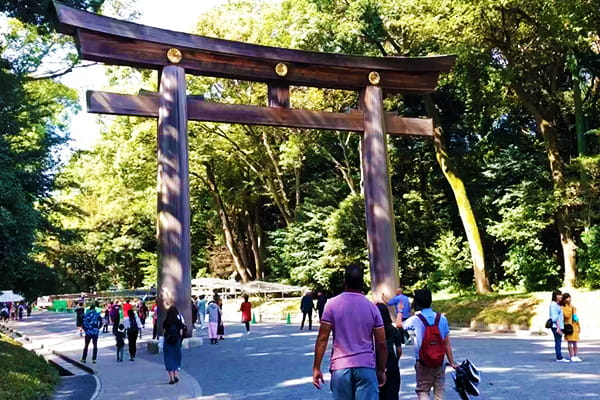
Émile walks toward the torii (gate) at Meiji Jingu
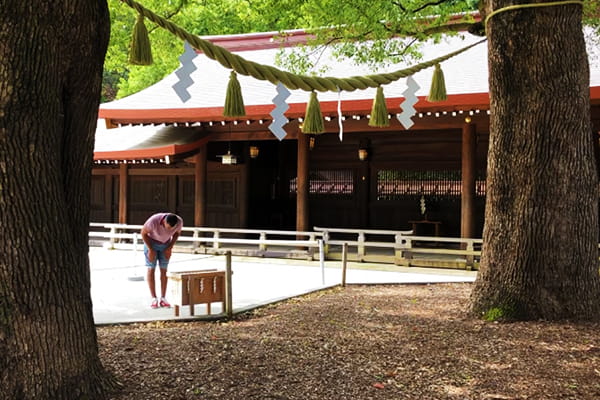
Émile making a traditional Japanese shrine visit
It is very important that families pass down these traditions from generation to generation. It’s great to see how Japanese people respect their traditions and culture.—Émile Ntamack
Despite being located in Tokyo's bustling Shibuya district, the atmosphere changes to one of solemnity when you step through the Torii gate of Meiji Shrine. The shrine is quite impressive in size, and receives many visitors for more than just tourism purposes. Émile saw brides and grooms in traditional Japanese wedding attire—kimono and hakama (traditional ceremonial clothes)—while making their way through the grounds of the shrine. At the same time, a couple was asking for favor and protection for their newborn during a Shinto rite of passage called hatsumiyamairi. Émile was touched by just how much Japanese people respected the past while living in a modern world.
Tokyo Metro to Meiji-jingumae Station. Take a walk (About 20 minutes).
JR Line to Harajuku Station. Take a walk (About 10 minutes).
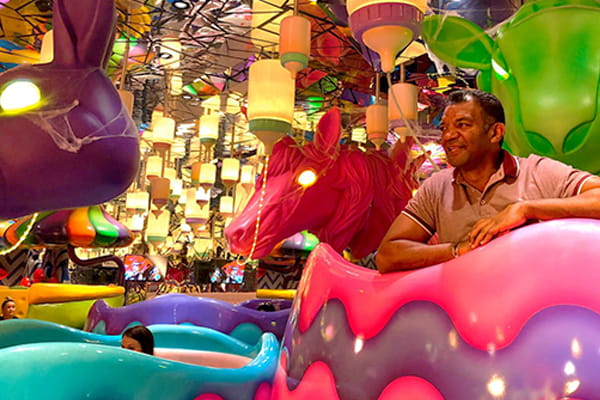
Émile fully enjoyed the cafe's setting
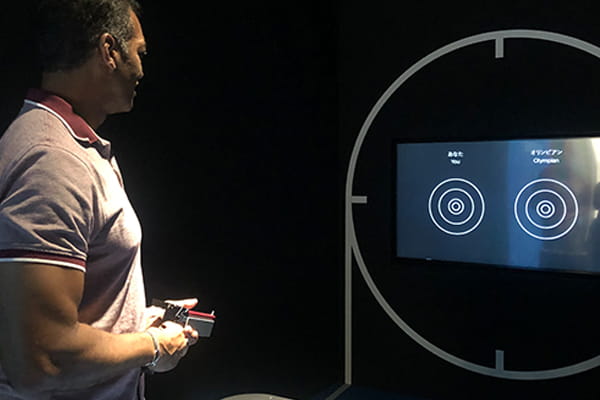
Émile examines one of the exhibits at the Olympic Museum
This place (The Kawaii Monster Café) is fantastic, but it’s perfect for kids!—Émile Ntamack
Please follow up a traditional Japanese cultural experience with a modern one. Émile's next destination was the Kawaii Monster Café. The café was designed to overwhelm customers with cuteness. The servers are dressed in wild and vibrant clothes and perform wacky dances. The architecture and furniture almost feel alive. The food can only be described as bizarre—rainbow noodles, alien cakes, chocolate chicken, and more.
Then Émile visited Japan Olympic Museum. Run by Japanese Olympic Committee, the museum, whose concept is ‘Olympic Museum for everyone’, teaches visitors about the history and significance of the Olympic and Paralympic Games. Émile, a former rugby player himself and father of two rugby players, felt very touched by the atmosphere. Several interactive experiences can be found at the museum that allow visitors to compare their abilities with those of an Olympic athlete.
Tokyo Metro to Harajuku Station. Take a walk (About 30 minutes)
Tokyo Metro to Gaienmae Station. Take a walk(About 25 minutes).
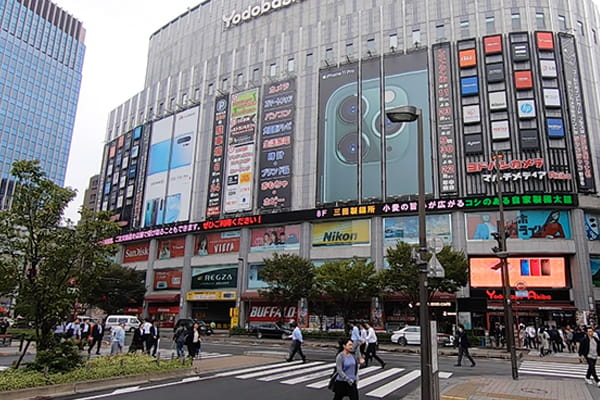
Akihabara is known for Japan’s otaku (geek) district
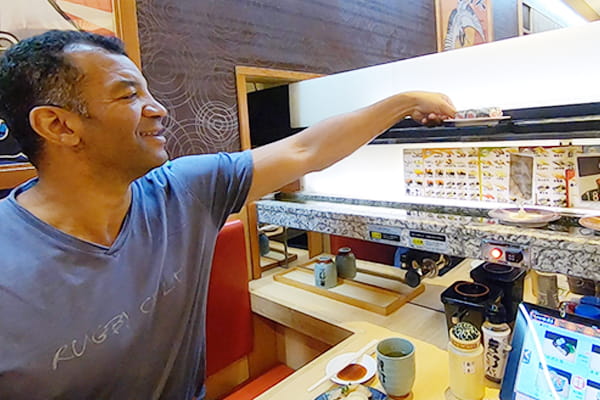
Émile places his order at a kaitenzushi restaurant
You can find literally anything here!—Émile Ntamack
Émile visited Akihabara. The neighborhood is Japan’s otaku (geek) district, where videogame and electronic stores line every road, and back alleys are stuffed with shops specializing in fandom, from toys and comic books to posters and animation.
It was the perfect chance to shop for souvenirs. The only problem: there was just too much! For those looking for souvenirs, Akihabara is a good place to visit.
Speaking of choices, choosing lunch in Akihabara is no simple feat. However, this is Japan, and a proper foodie shouldn’t visit Japan without experiencing kaitenzushi, or conveyor belt sushi which delivers the tasty dishes of mostly rice, seafood and vegetables directly to customers. If you see something you like, you simply order it or take it off the line. It’s a fun and inexpensive way to eat sushi. Émile said he couldn’t believe the efficiency of the restaurant—or the price!
JR Line (About 5 minutes).
JR Line from Shinanomachi Station (About 30 minutes).
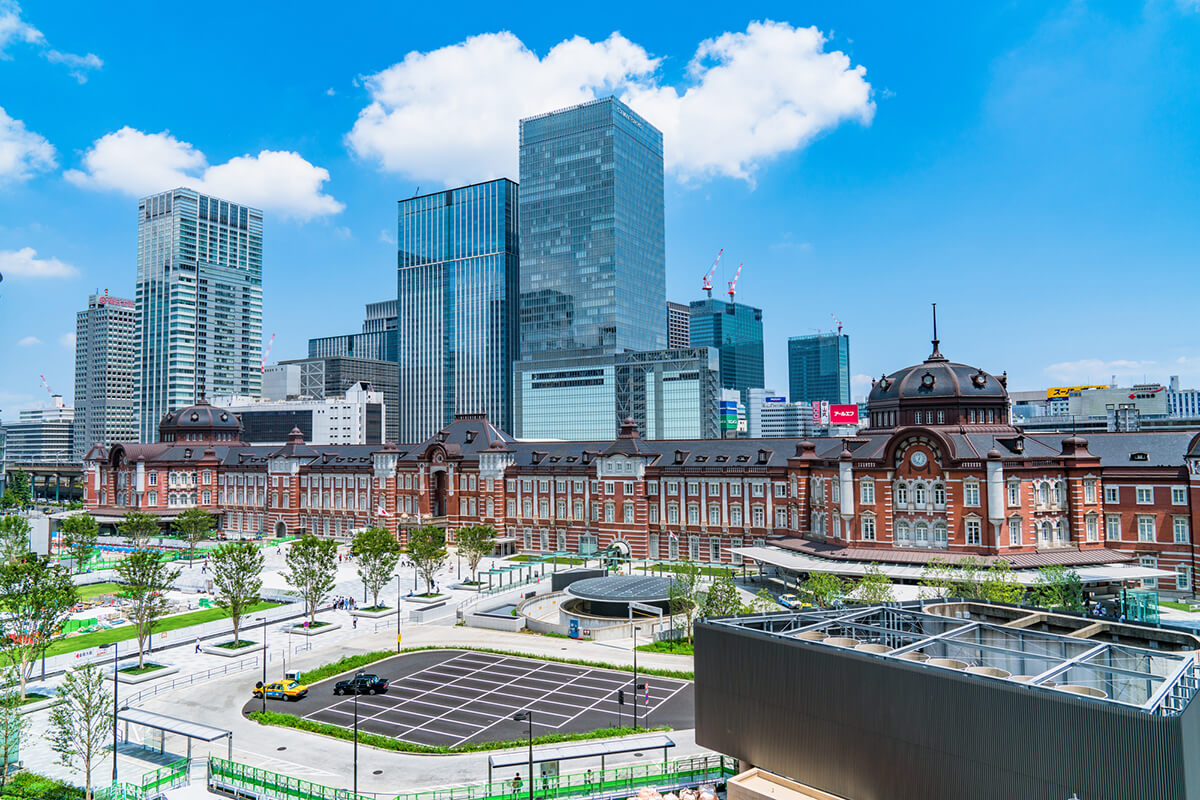
Tokyo is the capital of Japan and the center of the country’s culture and economy. This city is packed with temples and shrines, some dating back over a 1,000 years, state of the art technology, cutting edge art, and abundant nature. As you plan to enjoy the best of Japanese sports tourism, please look to the city of Tokyo as a base where you can enjoy a range of meals, from cheap tasty foods to Michelin star restaurants, as well as cuisines from all over the world.
MORE INFORugby World Cup action will kick off at this stadium—one of Tokyo’s finest—on Septemberr 20, 2019. The stadium which can accommodate about 50,000 spectators attracts a lot of people looking forward to various events regardless of the season. Some of these events include professional sports matches, amateur league matches and concerts.
- Keio Line Limited Express from Shinjuku to Chofu; change to the Keio Line local train to Tobitakyu Station (About 30 minutes, ¥240). About 10-minute walk
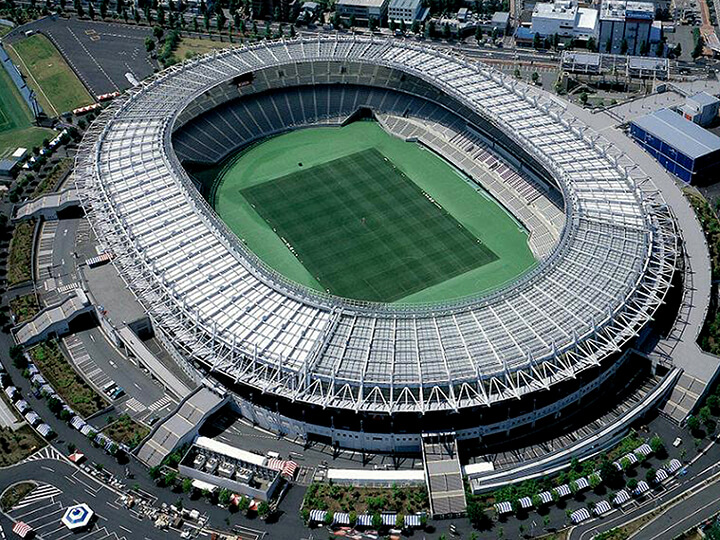

Tokyo is the capital of Japan and the center of the country’s culture and economy. This city is packed with temples and shrines, some dating back over a 1,000 years, state of the art technology, cutting edge art, and abundant nature. As you plan to enjoy the best of Japanese sports tourism, please look to the city of Tokyo as a base where you can enjoy a range of meals, from cheap tasty foods to Michelin star restaurants, as well as cuisines from all over the world.
MORE INFO
Rugby World Cup action will kick off at this stadium—one of Tokyo’s finest—on Septemberr 20, 2019. The stadium which can accommodate about 50,000 spectators attracts a lot of people looking forward to various events regardless of the season. Some of these events include professional sports matches, amateur league matches and concerts.
- Keio Line Limited Express from Shinjuku to Chofu; change to the Keio Line local train to Tobitakyu Station (About 30 minutes, ¥240). About 10-minute walk